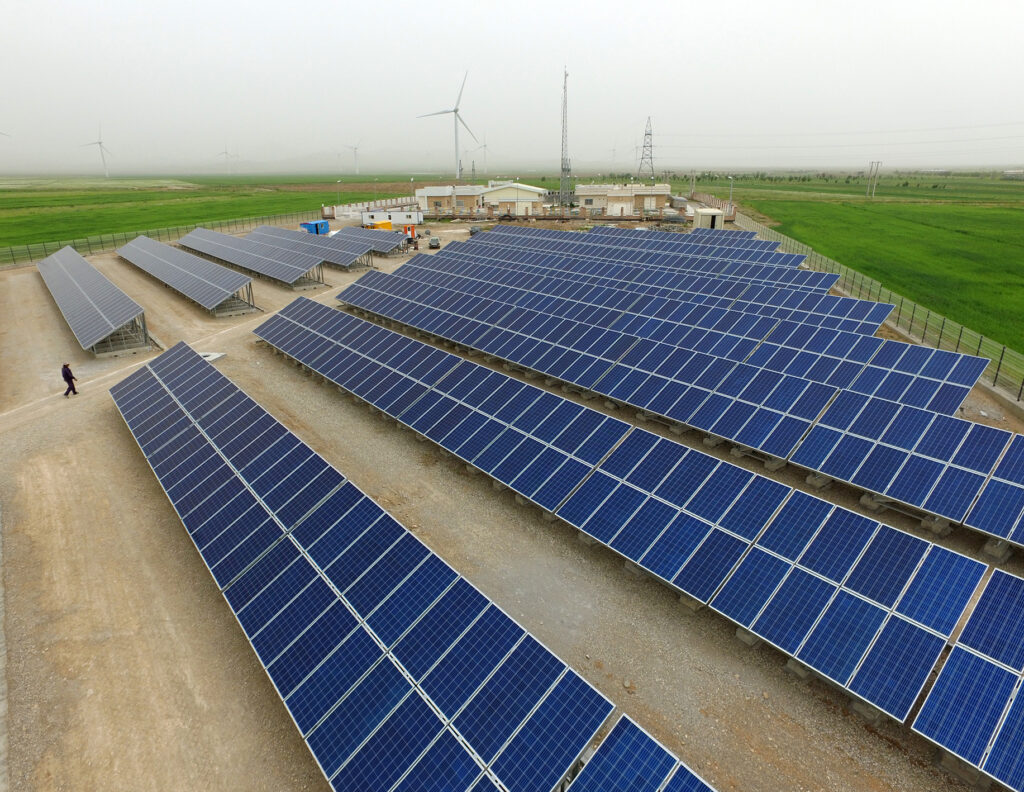Comprehensive Electrical, Control and Protection Systems for Solar Farms
Given the global community’s strong emphasis on sustainable development and the preservation of the environment for future generations, there is an urgent need to prioritize the development and utilization of renewable energy sources. MAPNA Group, a leading company in the power industry, has made significant strides in the field of renewable energy by creating wind and solar farms. Additionally, their subsidiary, MAPNA Electric and Control Engineering and Manufacturing Company (MECO), has also dedicated efforts to this cause. They have become the first company to successfully design and construct a 2-MW solar farm in the country, located near Qazvin city. This project has relied on the expertise and capabilities of domestic engineers and manufacturers who specialize in solar farm design, as well as the production of essential components such as solar panels, inverters, electrical distribution and protection switchboards, transformers, SCADA systems, and more.
Photovoltaic, also called PV for short, is a method of using solar energy to produce electricity. The process of producing electricity from sunlight using solar cells is called photovoltaic. PV devices (solar cells) convert solar radiation energy into electricity without producing noise, pollution or motion, and therefore, they are durable and have a long lifespan. Solar energy, like other renewable energy sources, has features and advantages over other energy sources, the most important of which are:
- No reliance on exhaustible fuel sources
- No waste generation from the solar power plant
- The ability to build solar power plants with different capacities enables the provision of optimal energy sources for consumers who are far from the distribution network, such as low-population villages.
- Long lifespan (about 20 years) and easy maintenance
- No need for water and ancillary facilities
- High flexibility for operation with different production capacities (from a few watts to several megawatts)
- Easy installation and configuration
The main components of a solar far are:
